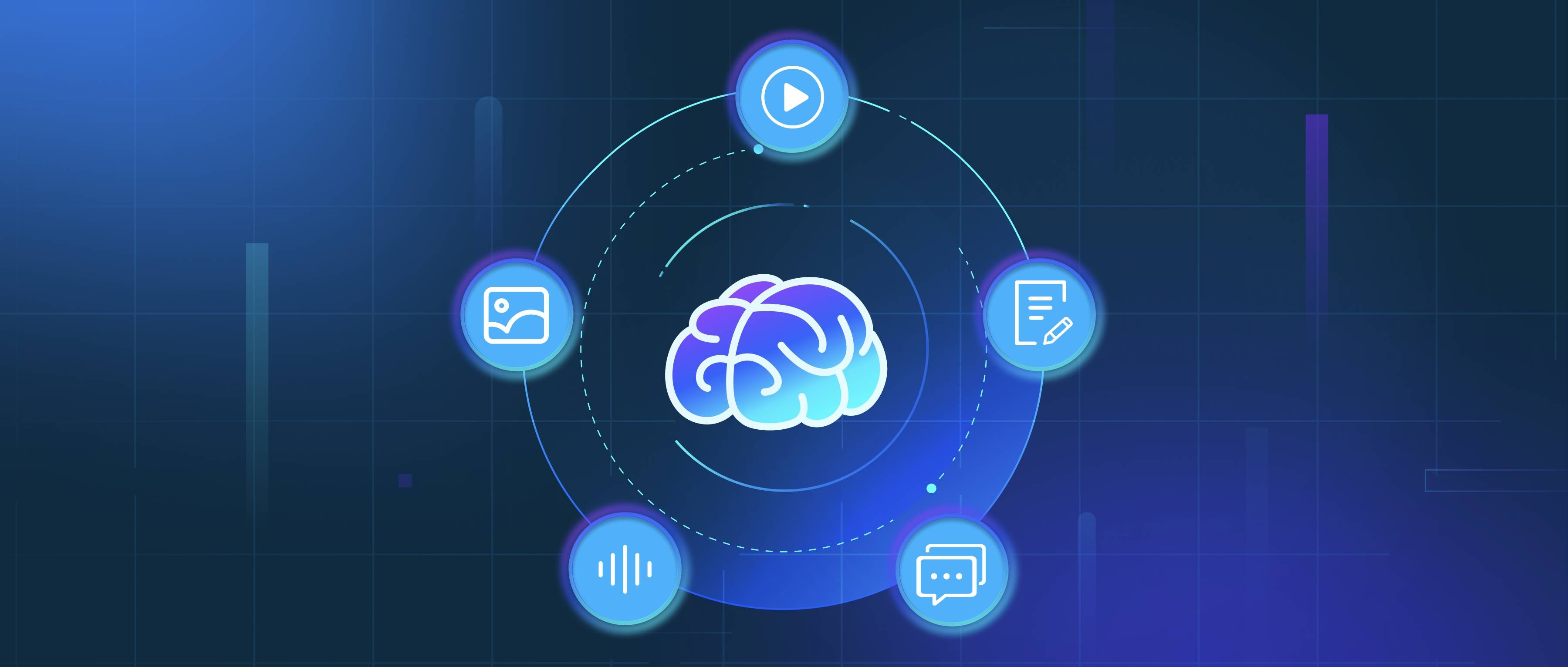Diffusion models can be adapted for video generation by extending their image generation capabilities to account for time as an additional dimension. In traditional diffusion models, the process involves gradually transforming random noise into a coherent image through a series of small, iterative steps. To generate video, developers can modify this approach by treating frames as a sequence rather than isolated images. This means that each frame not only depends on the noise input but also on the temporal context provided by the previous frames.
A practical way to implement this is by conditioning the generation of each new frame on both the current frame and the frames that precede it. For instance, when generating the second frame in a sequence, the model can take the first frame into account to ensure continuity and coherence between the frames. This can be achieved using techniques like adding recurrent connections or employing convolutional neural networks that capture temporal information. Additionally, developers can experiment with attention mechanisms that allow the model to focus on relevant parts of previous frames, ensuring that the output video maintains a fluid narrative and visual consistency.
Moreover, incorporating motion dynamics is crucial in video generation with diffusion models. This can be addressed by integrating components that simulate object movement and changes in the scene over time. For example, if a diffusion model generates a scene with a moving car, the model should not only generate the car consistently over frames but also reflect any realistic motion trajectory. Techniques like optical flow can be harnessed to help maintain the realism of motion between frames. With these adaptations, diffusion models can effectively generate high-quality videos that showcase fluid motion and coherent storytelling across multiple frames.
